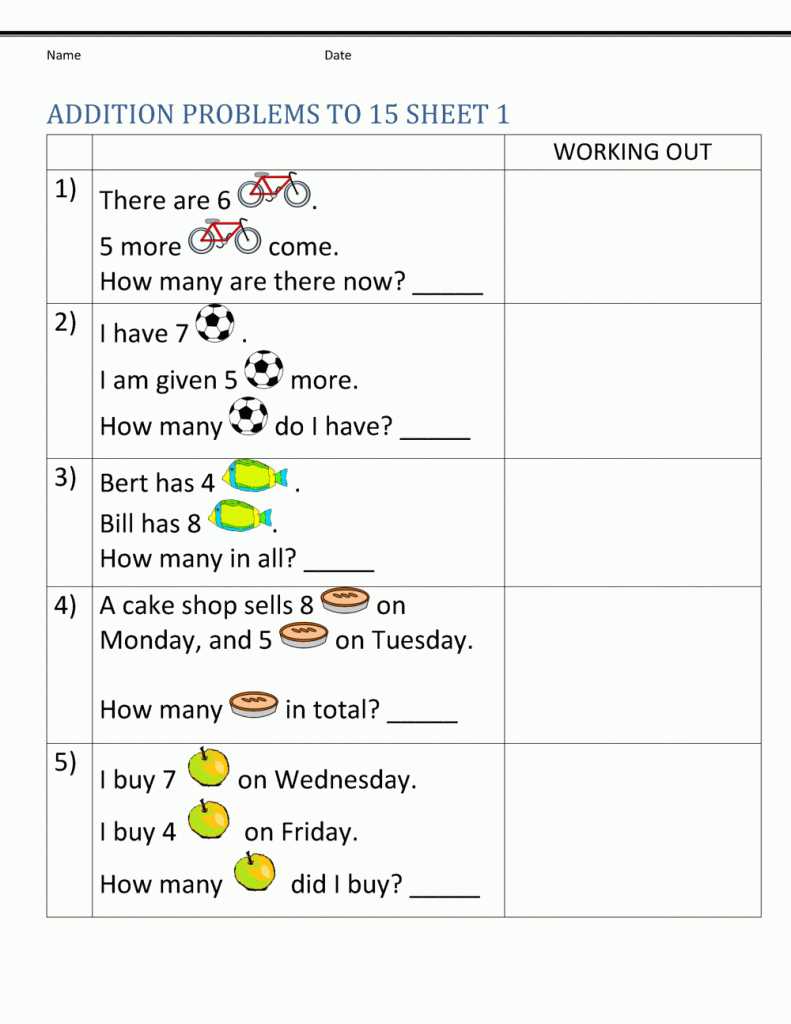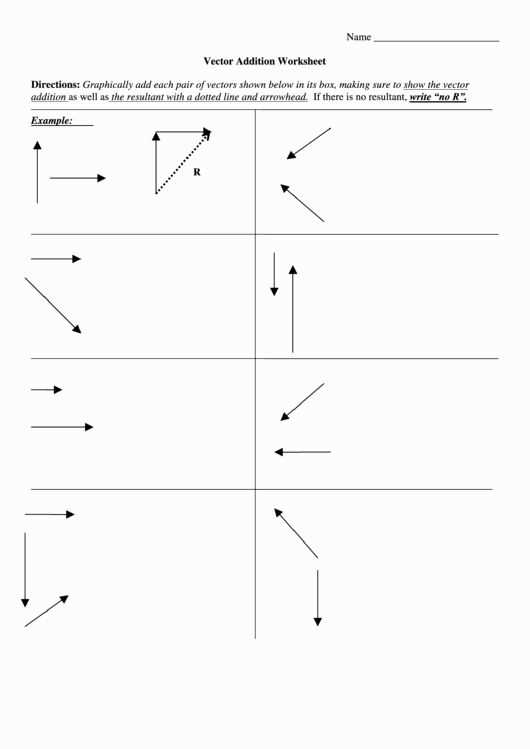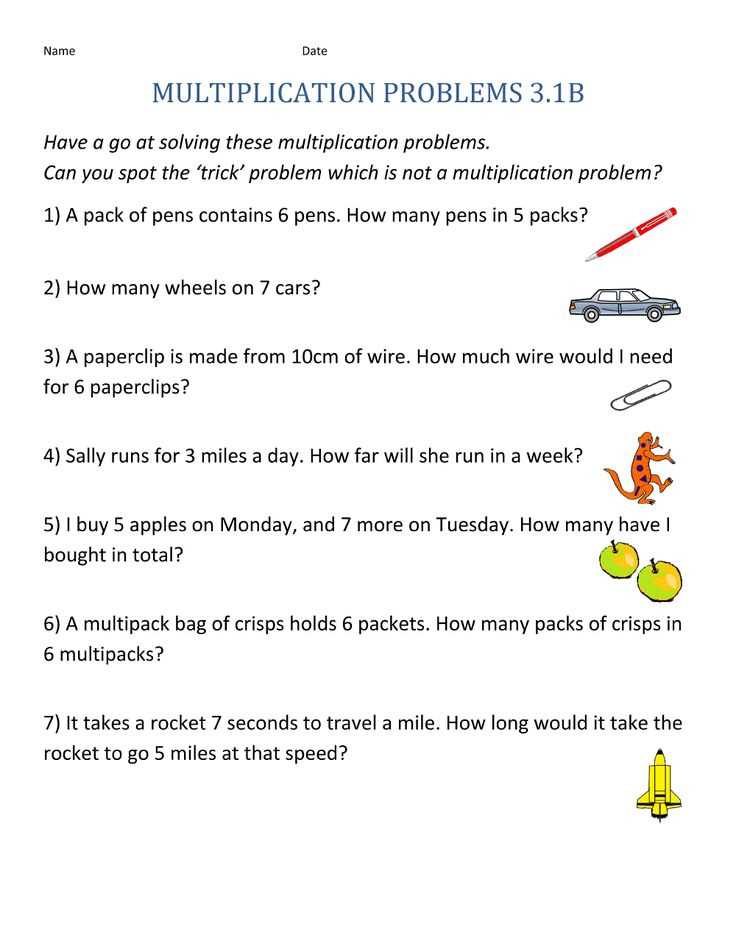
Vector word problems involve the application of vector concepts to real-life situations, making them an important topic to study in physics and mathematics. These problems often require students to understand the properties of vectors, such as magnitude and direction, and utilize mathematical operations to solve them. To help students practice solving vector word problems, many educators provide worksheets with a variety of questions and answers in PDF format. These worksheets serve as valuable resources for students to enhance their understanding of vectors and develop problem-solving skills.
The vector word problems worksheet with answers PDF typically includes a collection of questions that cover different aspects of vector analysis. Some of the common types of problems involve finding the resultant of two or more vectors, resolving a vector into its components, determining the angle between two vectors, and calculating the magnitude of a vector. These problems are designed to challenge students and test their knowledge and skills in vector calculations.
Using a vector word problems worksheet with answers PDF allows students to practice independently and at their own pace. The worksheet provides a step-by-step solution for each problem, giving students the opportunity to understand the thought process behind solving vector word problems. Additionally, the answers provided enable students to check their work and identify any mistakes they may have made. This self-assessment helps students learn from their errors and improve their problem-solving abilities.
Understanding Vectors and Scalars
A vector is a mathematical quantity that has both magnitude and direction. It is often represented by an arrow, where the length of the arrow represents the magnitude and the direction of the arrow represents the direction. Vectors can be used to represent physical quantities such as displacement, velocity, and force.
In contrast, a scalar is a mathematical quantity that has only magnitude and no direction. Scalars can be used to represent physical quantities such as distance, speed, and mass. Scalars can be added, multiplied, and divided just like regular numbers, while vectors require specific operations such as vector addition and dot product.
When solving word problems involving vectors, it is important to identify whether the given quantities are vectors or scalars. If they are vectors, the direction of the vectors should be taken into account when performing calculations. It is also important to be familiar with vector notation and vector operations in order to correctly solve the problems.
For example, if a word problem states that a car travels 50 miles north and then turns and travels an additional 30 miles west, we can represent the displacement of the car as a vector with a magnitude of 50 miles and a direction of north. To find the total displacement of the car, we can use vector addition to add the displacement vectors.
Understanding the concepts of vectors and scalars is fundamental in many areas of physics and engineering. It allows us to accurately describe and analyze the physical world and solve complex problems involving multiple quantities and directions. By mastering these concepts, we can better understand the world around us and make more informed decisions in various fields of study.
Key Concepts in Vector Word Problems
Vectors are mathematical objects that are used to represent both magnitude and direction. They are commonly used in physics and other scientific disciplines to describe the motion and forces acting on objects. In word problems, vectors can be represented by arrows, where the length of the arrow represents the magnitude and the direction of the arrow represents the direction of the vector.
One key concept in vector word problems is vector addition. When two or more vectors are added together, the resulting vector is the sum of the individual vectors. This can be done graphically by placing the vectors tip to tail and drawing the resulting vector from the starting point to the ending point. The magnitude and direction of the resulting vector can then be determined using trigonometric functions.
Another key concept is vector subtraction. When two vectors are subtracted, the resulting vector is the difference between the two vectors. This can be done graphically by reversing the direction of the second vector and adding it to the first vector using the same method as vector addition.
Vector word problems also often involve scalar multiplication, where a vector is multiplied by a scalar quantity (a number). This changes the magnitude of the vector without changing its direction. Scalar multiplication can be used to scale vectors up or down depending on the desired magnitude.
Overall, understanding these key concepts is crucial for solving vector word problems. By representing vectors graphically, utilizing vector addition, subtraction, and scalar multiplication, and applying trigonometric functions to determine vector magnitudes and directions, one can effectively solve a wide range of vector word problems.
Solving Vector Word Problems Step by Step

When it comes to solving vector word problems, it’s important to approach them step by step. By breaking down the problem into smaller parts and carefully analyzing the given information, you can determine the appropriate mathematical operations and vector equations to solve the problem.
First, start by identifying the vectors involved in the problem. Look for any given magnitudes and directions, as well as any additional information such as the position or displacement of objects. Represent each vector using appropriate notation, such as using boldface or placing an arrow above the symbol.
Next, carefully read the problem statement to determine which mathematical operations need to be performed. Some common operations include vector addition, subtraction, and scalar multiplication. Use the given information and the properties of vectors to set up equations and solve for the unknowns.
It’s also important to pay attention to any specific instructions or conditions stated in the problem. For example, if the problem involves angles, you may need to use trigonometric functions to calculate the components of the vectors.
In order to keep track of your work and ensure accuracy, it’s helpful to organize your solution step by step. Clearly label each calculation or equation, and show any algebraic manipulation or substitutions made along the way. This not only helps you stay organized, but also allows for easier troubleshooting or error detection.
Finally, don’t forget to answer the question asked in the problem. Make sure to provide the final answer with appropriate units and any necessary context based on the problem statement. Double-check your solution to ensure it makes sense in the given context and matches the expectations of the problem.
By following these steps and practicing on various vector word problems, you can develop your problem-solving skills and build confidence in solving vector-related questions. Remember to approach each problem systematically and thoroughly, and don’t hesitate to seek help or refer to textbooks or online resources for further guidance.
Identifying Given Information
When solving vector word problems, it is important to first identify the given information. The given information provides us with the necessary values and parameters needed to solve the problem. By clearly understanding what information is already known, we can effectively apply vector operations and techniques to find the desired solution.
The given information in vector word problems can include various components such as magnitudes, directions, positions, velocities, forces, and angles. It is important to carefully read the problem statement and identify all the relevant information that is explicitly mentioned.
- Magnitudes: The magnitudes of vectors represent their sizes or lengths. These can be given in numerical values or represented as variables.
- Directions: Vectors have directions, which indicate their orientations or angles relative to a reference point or axis. Directions can be specified using angles, compass directions, or other references.
- Positions: The positions of objects or points in a problem can be given as coordinates or distances relative to a reference point.
- Velocities: If the problem involves motion, velocities can be given as rates of change of positions over time.
- Forces: Forces are vector quantities that can be given in terms of magnitudes and directions. They can represent pushes, pulls, or any other form of interaction.
- Angles: Angles can be given as measurements or ratios of sides in a triangle or other geometrical figures.
By identifying the given information and organizing it systematically, we can then proceed to analyze and solve the vector word problem step by step. It is important to use the appropriate vector operations and techniques, such as vector addition, subtraction, dot product, cross product, and trigonometric functions, to manipulate and calculate the vectors involved.
Establishing Coordinate Systems

In many mathematical problems involving vectors, it is important to establish a coordinate system. A coordinate system allows us to define the position of points and describe the direction and magnitude of vectors in a clear and systematic way. There are several different types of coordinate systems that can be used, depending on the specific problem and the context in which it is being used.
One commonly used coordinate system is the Cartesian coordinate system. In this system, a point in space is defined by its distance from two perpendicular lines, known as the x-axis and the y-axis. The x-axis is typically horizontal, while the y-axis is vertical. The intersection of these two axes is called the origin, which is assigned the coordinates (0,0). Points in the Cartesian coordinate system are represented by ordered pairs of numbers, (x,y), where the first number represents the distance from the origin along the x-axis and the second number represents the distance from the origin along the y-axis.
- The x-axis is often used to represent displacement in the horizontal direction, while the y-axis is used to represent displacement in the vertical direction.
- The slope of a line in the Cartesian coordinate system can be determined by calculating the change in y divided by the change in x.
In addition to the Cartesian coordinate system, there are other coordinate systems that can be used in different situations. For example, in polar coordinates, a point in space is defined by its distance from the origin and the angle it makes with a fixed line, known as the polar axis. In cylindrical coordinates, a point is defined by its distance from the origin, its angle in the xy-plane, and its height along the z-axis. In spherical coordinates, a point is defined by its distance from the origin, its angle in the xy-plane, and its angle from the positive z-axis.
By establishing a coordinate system, we can easily analyze and solve vector word problems. We can determine the components of vectors, calculate their magnitudes and directions, and perform various operations to find the solutions to these problems. Coordinate systems provide a systematic and organized approach to solving vector problems and allow us to clearly communicate our solutions using numerical values and mathematical representations.
Breaking Down Vector Quantities
Vectors are an essential concept in physics and mathematics, used to represent quantities that have both magnitude and direction. Understanding vectors is crucial for solving problems involving motion, forces, and many other physical phenomena.
When working with vector quantities, it is important to break them down into their components. This involves separating the vector into its horizontal and vertical parts, commonly known as its x-component and y-component. Breaking down vectors into their components allows for easier mathematical manipulation and analysis.
To break down a vector into its components:
- Determine the direction in which the vector points. This can be done by analyzing the given information or by drawing a diagram.
- Decompose the vector into its horizontal and vertical components. This can be done by using trigonometry and the properties of right triangles.
- Express the vectors components as a combination of their magnitudes and directions.
Breaking down vector quantities is especially useful when dealing with vector addition and subtraction. By breaking down each vector into its components, their addition or subtraction becomes a straightforward process, as the components can be added or subtracted separately.
It is important to note that vector components are independent and can be analyzed and manipulated separately. This allows for a more comprehensive understanding of vector quantities and their effects on physical systems.
Applying Mathematical Operations to Vectors
When working with vectors, it is important to understand and apply various mathematical operations. These operations allow us to manipulate vectors in different ways and solve complex problems.
One of the key operations is vector addition. This involves adding two or more vectors together to find the resultant vector. To do this, we add the corresponding components of each vector. For example, if we have two vectors A and B with components (Ax, Ay) and (Bx, By) respectively, the resultant vector R would have components (Ax + Bx, Ay + By).
Another important operation is scalar multiplication. This involves multiplying a vector by a scalar, which is a single value. The result is a new vector that has each component multiplied by the scalar. For example, if we have a vector A with components (Ax, Ay) and a scalar c, the scalar multiplication of A and c would result in a new vector with components (c * Ax, c * Ay).
These mathematical operations are essential when solving vector word problems. By applying them correctly, we can analyze vectors and their properties, perform calculations, and find solutions. It is important to understand the concepts behind these operations and practice applying them to different scenarios to develop a strong foundation in vector mathematics.